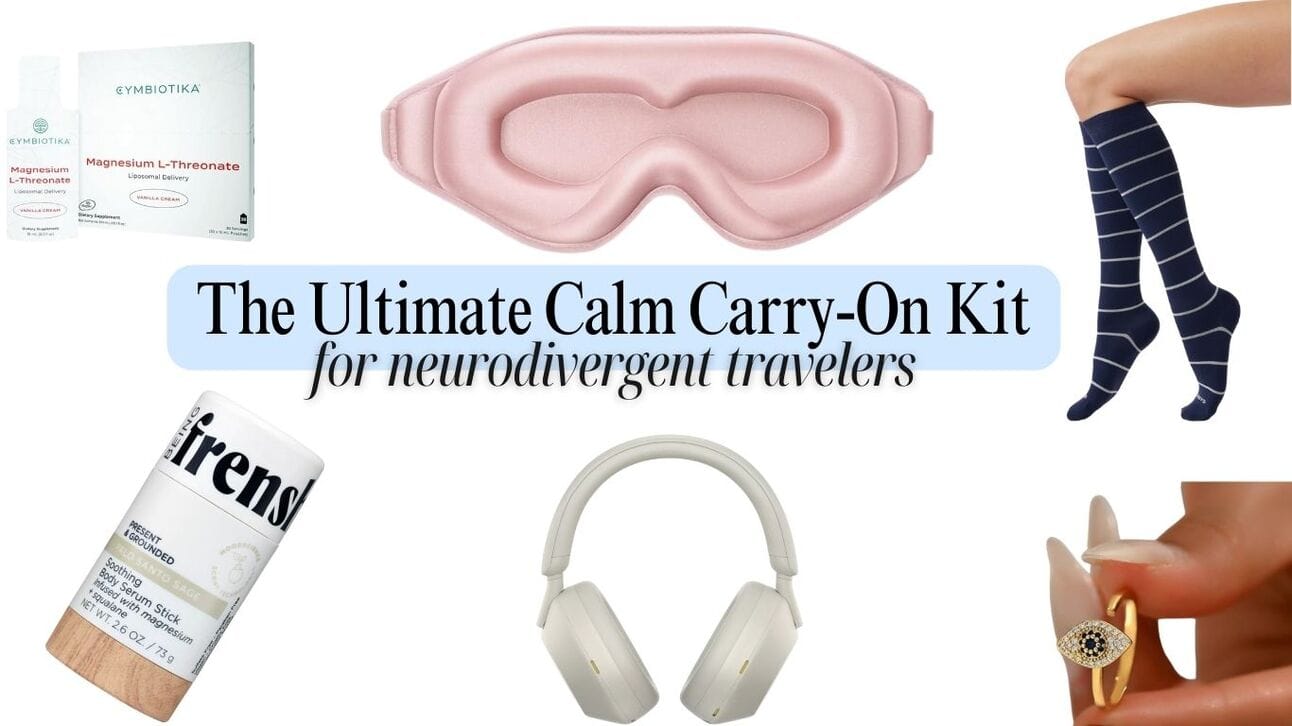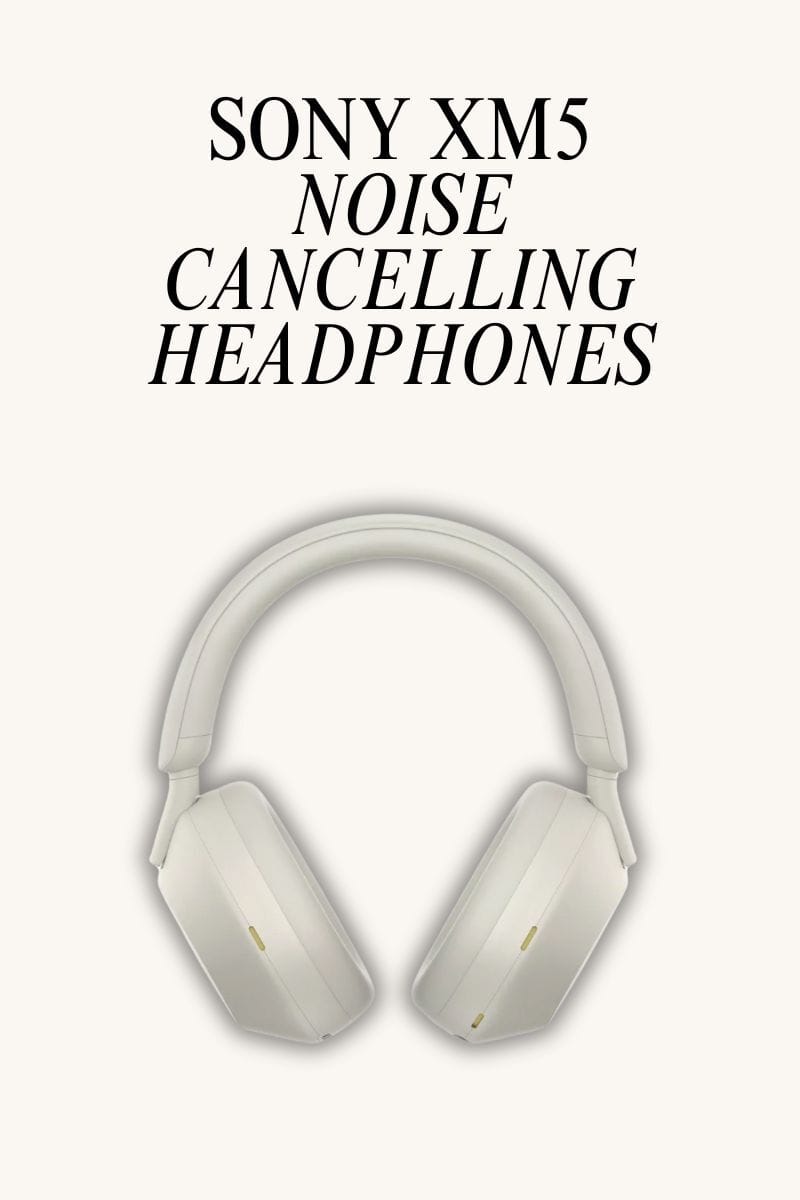
✈️ Why Your Carry-On Is the Key to a Calm Travel Day
When you’re neurodivergent, your carry-on isn’t just a bag. It’s your emotional support system. It’s the buffer between you and sensory overwhelm, delayed flights, missed cues, and the general unpredictability of travel.
You don’t need a Pinterest-perfect packing list. You need a kit that keeps you regulated, responsive, and rooted—whether you’re boarding early, rerouting through chaos, or just trying not to cry at Gate B17.
🧠 What Makes a Carry-On “Calm”?
Here’s what you’re really packing for:
Sensory regulation (sound, light, smell, touch)
Energy preservation (protein, hydration, warmth)
Focus + emotional grounding (movement tools, tech, routines)
Control over your space (organization, rituals, familiarity)
And no, you’re not “overpacking.” You’re over-preparing with purpose.
🧳 Ashleigh’s Calm Carry-On Must-Haves (Real Tools That Work)
These are the things I bring on every single trip, especially after surviving a 9-hour airport delay on the way to Australia. They’re tested, loved, and used—not just thrown in for aesthetics.
Scent = mood anchor. This one smells calming without being too strong. When I feel tension in my body or the day starts spiraling, I roll it on and instantly feel more grounded.


Layered sound defense = life. I use my Sony headphones for flights and Vibes earplugs for in-between moments (security lines, bathrooms, rideshares). They don’t just block sound—they give me control.
3. Eye Mask + Light Sweater

I don’t care if I’m not sleeping—an eye mask is my go-to for blocking harsh lighting or resting at a lounge. The light sweater is just in case I’m freezing (because temperature dysregulation? It’s real).

Unsexy but essential. My feet fall asleep easily, especially on long flights. These help with circulation and reduce sensory discomfort from cold feet or numb toes.

No more blood sugar spirals. This bar gives me 18g of protein and low sugar so I don’t crash between gates. I’ve eaten it mid-delay, mid-breakdown, mid-run-to-the-gate. Lifesaver.

Daily and as-needed meds live in their own pouch. I also bring an extra Calm magnesium packet from Cymbiotika. It really makes a difference.

It’s cute, discreet, and functional. I twist it when I need to regulate or redirect nervous energy. Bonus: the evil eye adds a little energetic protection when traveling.

My favorite ADHD hack: if I’m flying solo, I treat the plane like a co-working space. I’ll work on Canva designs, CapCut edits, or even answer emails while looking out the window. It feels focused, calming, and gives me momentum for when I land.
“Everyone on the plane becomes a body double—and I get so much done.”
9. Calm Tech Pouch
Chargers
Battery pack
Airplane headphone adapter
SIM card organizer
Mini USB hub
All in one mesh pouch = no rummaging meltdown.
🧘🏽 What Goes Inside My “Calm Pouch”
Separate from my tech pouch, this is the one I keep within arm’s reach during security, boarding, and in-flight.
My calm pouch usually includes:
Loop or Vibes earplugs
Aromatherapy stick
Wipes + lip balm + gum
Small snack (like almonds or dark chocolate)
Fidget ring
Medication pouch
Eye drops or blue-light glasses
📊 Comparison Chart: Calm Kit by Travel Scenario
Scenario | Must-Haves |
|---|---|
Long-haul flight | Eye mask, magnesium, protein bar, compression socks |
Work travel solo | Laptop, noise-canceling headphones, fidget tool |
Group trip (social) | Meds, Calm pouch, Loop earplugs |
Layover/delay | Snack stash, aromatherapy, playlist, laptop |
Red-eye recovery | Weighted wrap, sleep aid, ginger chews |
✍️ Final Takeaway
Your calm doesn’t come from what you leave behind.
It comes from knowing what to bring with you—to stay grounded, regulated, and ready for anything.
Build your carry-on like a nervous system toolkit.
Because when the flight gets delayed, the gate is crowded, or the noise is just too much, it’s not about surviving the trip.
It’s about supporting your brain through it.